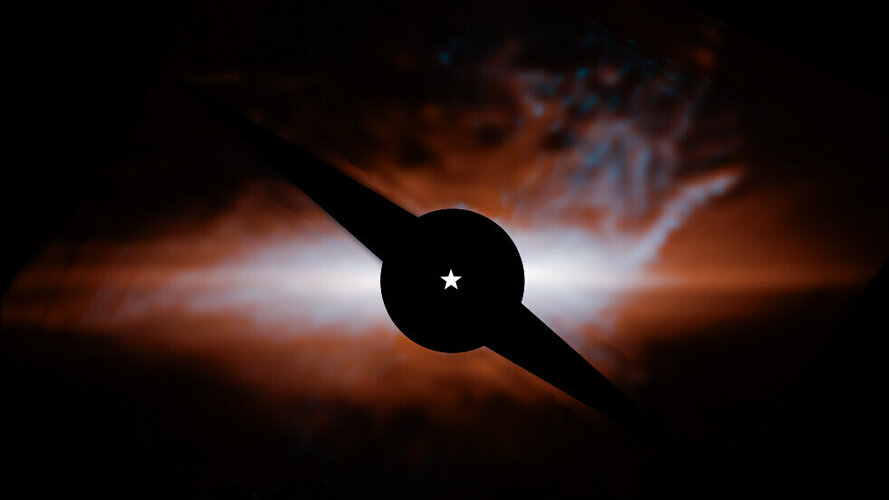You think you know someone, then you see them in a slightly different way and BAM, they surprise you. I’m not talking about other people of course, I’m talking about a fabulous star that has been studied and imaged a gazillion times. Beta Pictoris has been revealed by many telescopes, even Hubble to be home to the most amazing disk. Enter James Webb Space Telescopd and WALLOP, with its increased sensitivty and instrumentation a new, exciting feature emerges.
Continue reading “Webb Blocks the Star to See a Debris Disk Around Beta Pictoris”Webb Blocks the Star to See a Debris Disk Around Beta Pictoris


